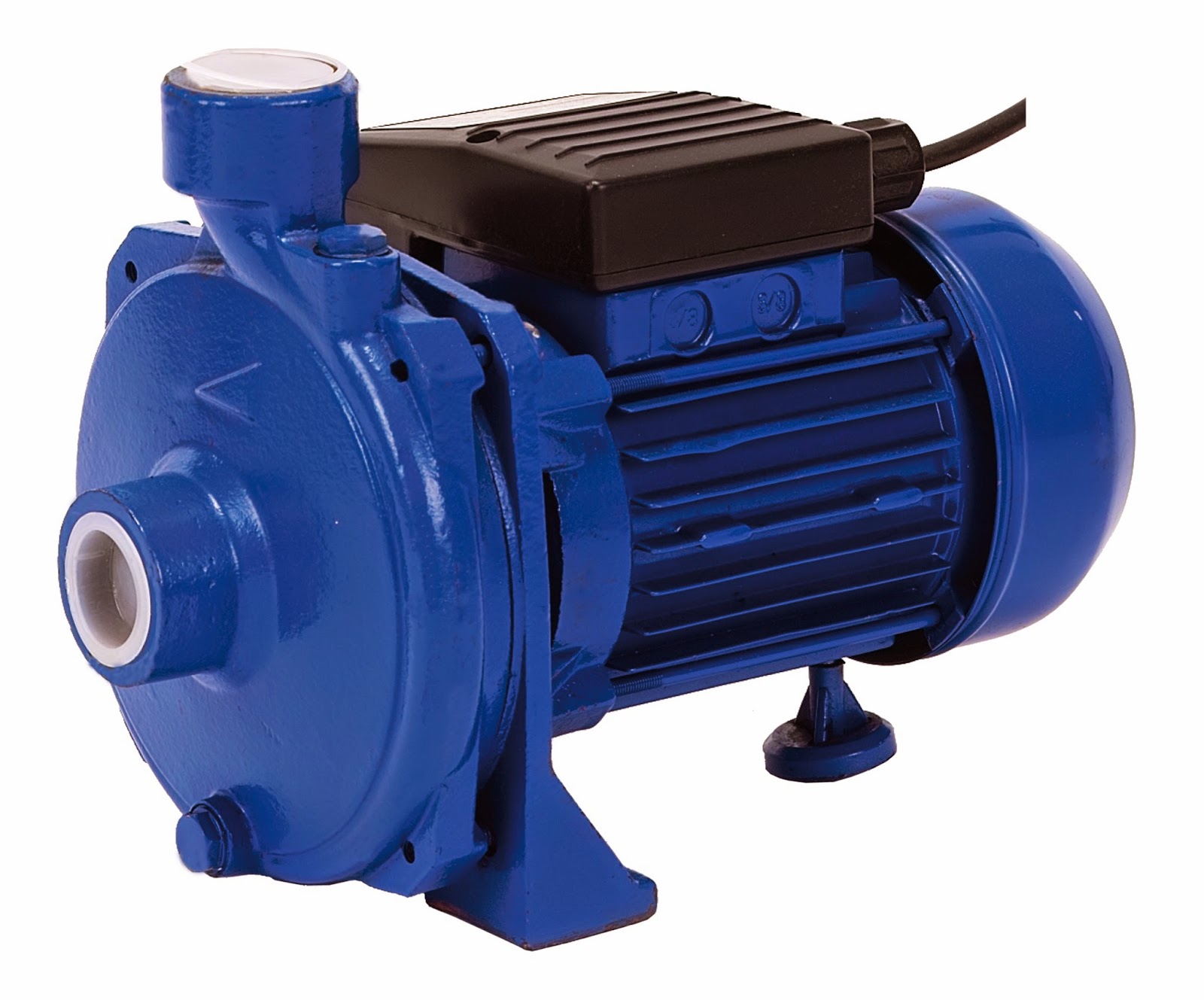For the most efficient performance from your pump, it
must be sized correctly according to the application. Otherwise, you could be
subjecting your equipment to unnecessary wear and early failure. Here are five
indications that your pump is oversized.
1. Excessive noise
Oversized pumps tend to cause excessive pipe vibration,
which loosens flanged connections and other joints. Fatigue loads are then created
on welds in the pipes and supports, leading to premature wear and failure.
Excessive noise can be difficult to notice, because the operator is used to it
and assumes all is fine because the acoustic level hasn’t changed.
2. Bearings and seals
need replacing regularly
A pump that’s oversized will generate high backpressures,
resulting in accelerated bearing and seal wear. If you find you’re frequently
needing to replace bearings and seals then an oversized pump could be your
problem.
3. Heavy use of
bypass lines
Some systems use bypass lines to manage excess flow. This
prevents the build-up of pressure differentials which may be damaging. Bypass
lines can allow the pump to operate nearer to its best efficiency point (BEP)
which will also improve reliability. However, the energy required to force
liquid through bypass lines is wasted, so a large number of these suggests the
system is performing inefficiently.
4. Highly-throttled
flow control valves
Throttle valves have two main effects on system flow:
shifting flow balance and altering the overall system backpressure. Valves in
systems powered by oversized pumps tend to stay in restrictive positions which
forces the pump to work against a high backpressure. Because this is higher
than the pressure required for the pump to achieve its BEP, it runs
inefficiently and is at risk of increased bearing wear.
5. Intermittent
operation
Many pumps are used to maintain a steady level of liquid in
a tank or other container, filling or draining it as required. This constant
powering up and down reduces the life of the motor controller and pump
assembly, meaning the pump will be more susceptible to intermittent operation.
An oversized pump generates high friction losses because it forces liquid
through the pipes at a greater rate than it needs to. As these problems worsen,
the pump will begin to operate sporadically before failing altogether.
If you’re unsure whether your pump is
properly rated for the process it’s being used for, give Gibbons a call on
01621 868138 or email info@gibbonsgroup.co.uk
and we’ll be happy to advise you.


0 comments:
Post a Comment